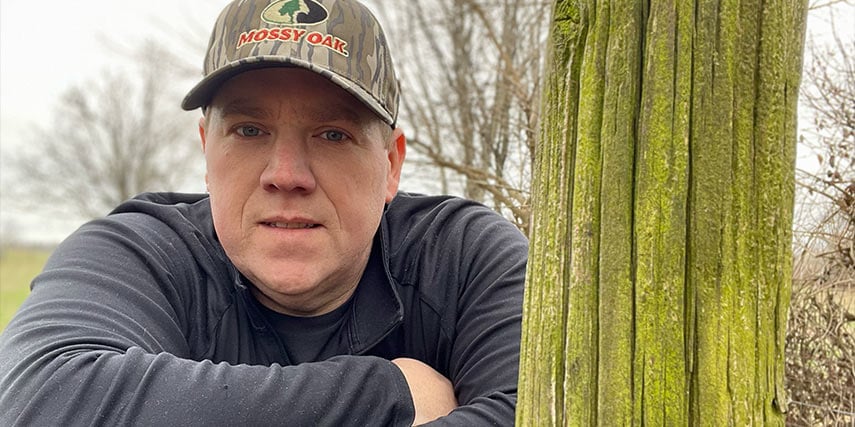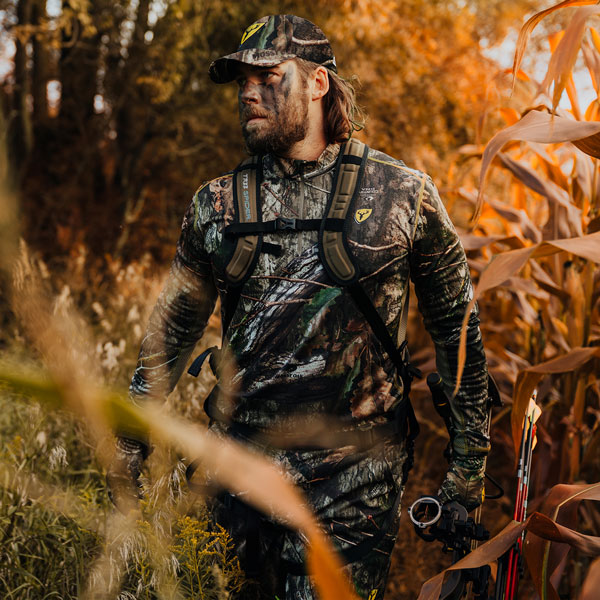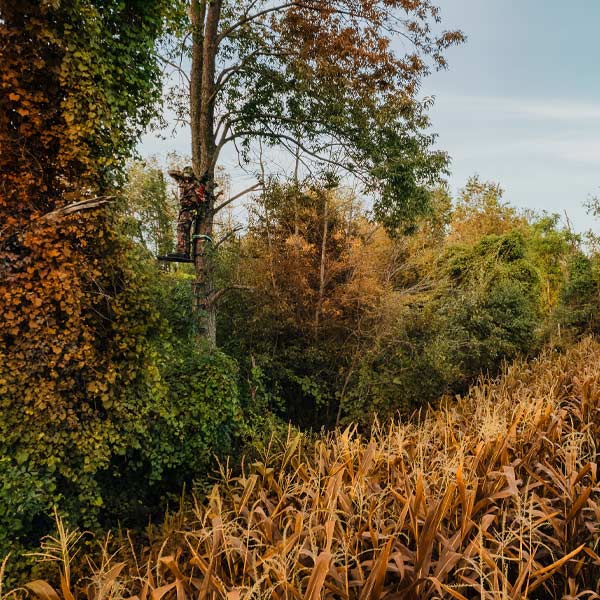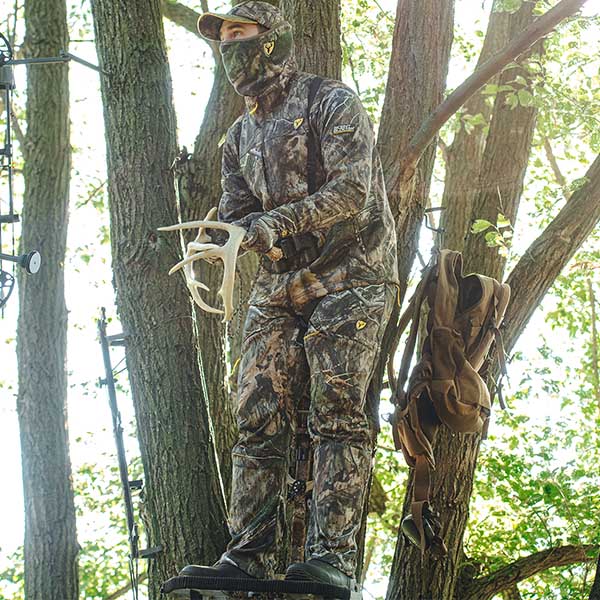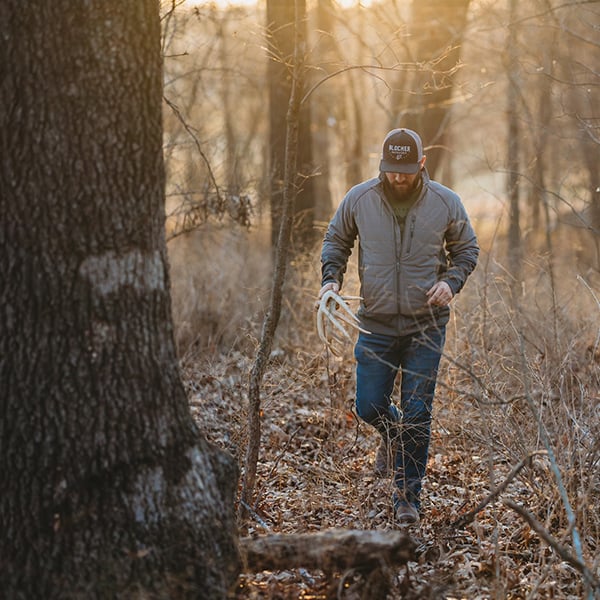The Importance Of Supplemental Watering For Deer
By Heath Wood
Many hunters recognize the importance of supplemental feeding for deer. Supplemental feeding provides an extra boost of nutrition that deer do not get from their natural environment. The goal is to have a healthier deer herd overall and better antler growth for bucks. Providing deer with the extra nutrition they need does just that.
But what about supplemental watering?
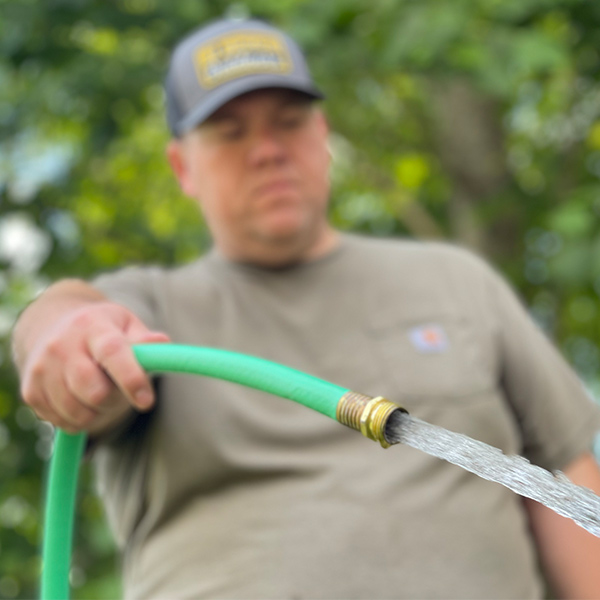
A whitetail deer has a daily water requirement of one-and-a-half to three quarts per hundred pounds of body weight. On average, a full-grown whitetail will consume approximately half a gallon of water daily. One might think supplemental watering is solely to help deer to stay cool during the hotter summer months, and that’s true; keeping your herd cool and hydrated is, in fact, a factor behind supplemental watering. One of the most prominent goals and benefits, however, is the same as supplemental feeding. Providing extra water aids in producing healthier deer and bigger bucks.
Stress is one of the leading causes of underperforming antler growth in bucks. Stress can result from ticks, bugs, insects, or lack of nutrition. Yet, most of the stress that can affect antler growth comes from social interactions. When deer gather in large groups it creates tension, which causes social stress. These large deer gather typically take place around food and water.
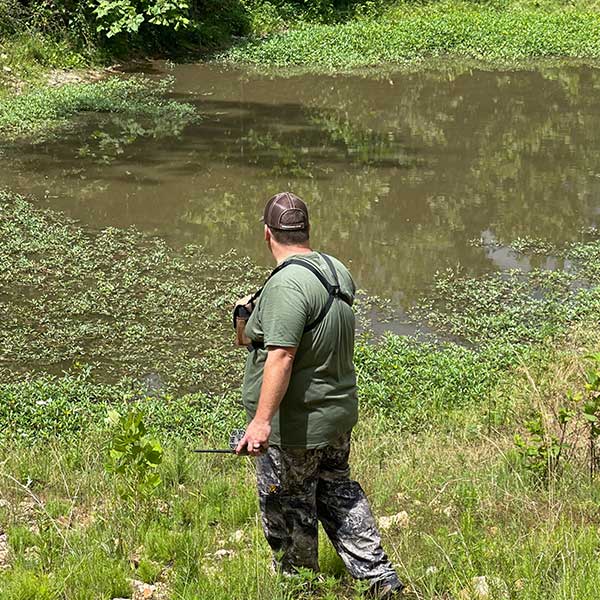
Summertime is the antler-growing season. During this period, temperatures rise throughout the day, resulting in deer seeking hydration. The most common water source for deer is typically a pond, stream or ditch, and there may only be one or two such water sources within an area, so they may be shared by large numbers of deer. When several deer choose the same bank, it becomes muddy, creating ideal conditions for disease-spreading gnats and other insects to thrive.
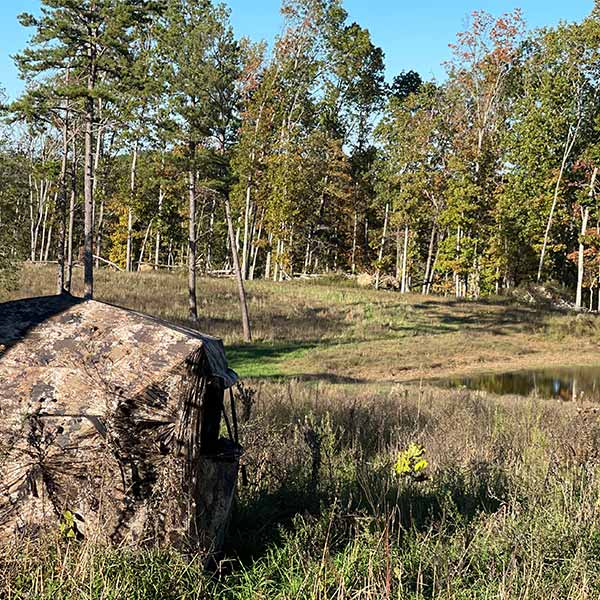
One of the most common diseases that becomes fatal for deer is the EHD virus (Epizootic Hemorrhagic Disease), commonly known as blue-tongue disease. Small biting flies or gnats spread EHD and are commonly found in the mud near water. To combat EHD, many hunters have begun supplementing water on their hunting properties.
On average, many typical properties have two or three water sources per one hundred acres. If the landowner adds two or three supplemental water sources in conjunction with their natural aquatic sources, deer have more options for drinking. When more drinking locations are available, there are fewer deer using each source, so deer are less likely to become infected and spread diseases. Social stresses are also reduced. Less disease and lower social stress equals healthier deer and better antler growth.
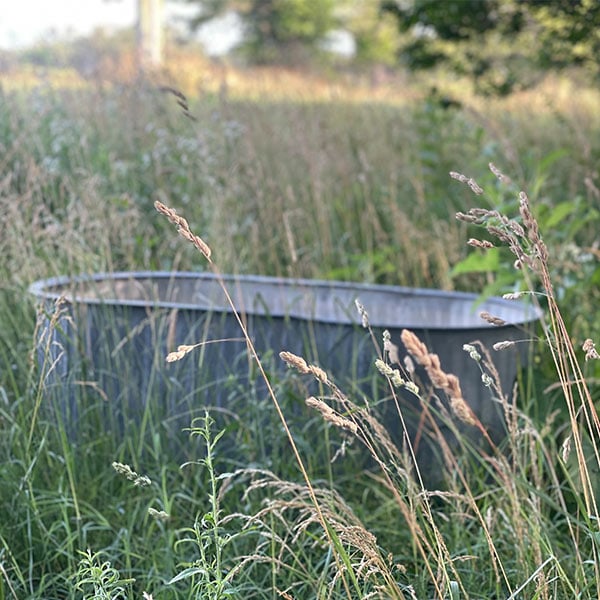
When supplementing water for deer, hunters can use large tubs or water tanks commonly used for cattle. These tanks contain the water above the ground which keeps mud to a minimum. The amount of water sources one should have on their property depends on the available food. If deer acquire a large amount of their daily water intake from their food, they need less to drink. If the land is made up of lush, green food plots and timber, it is likely to supply additional water, and the chances of deer staying spread apart are more probable. More supplemental water will be needed if most of the hunting land is covered by timber and primary grasses that are more commonly fed to livestock.
A related form of supplemental watering concerns the watering of food plots. Water is critical when food plots have been freshly seeded or in the early stages of growth. Many hunters plant food plots during the spring or early summer when unexpected droughts can occur. Regular watering keeps food plots growing and provides deer with moisture-rich food. Many hunters pump water onto their food plots from nearby water sources or use water tanks on an ATV or truck to spray food plots to sustain growth.
In summary, anything you can do to make sure your deer herd has a variety of nutritional food sources as well as ample water sources will help ensure your deer are healthy with minimal stress, both of which are key factors in overall herd health and maximum antler-growing potential.

